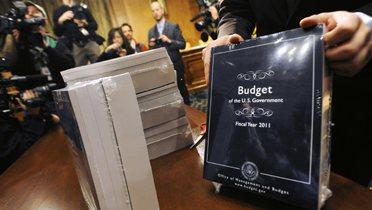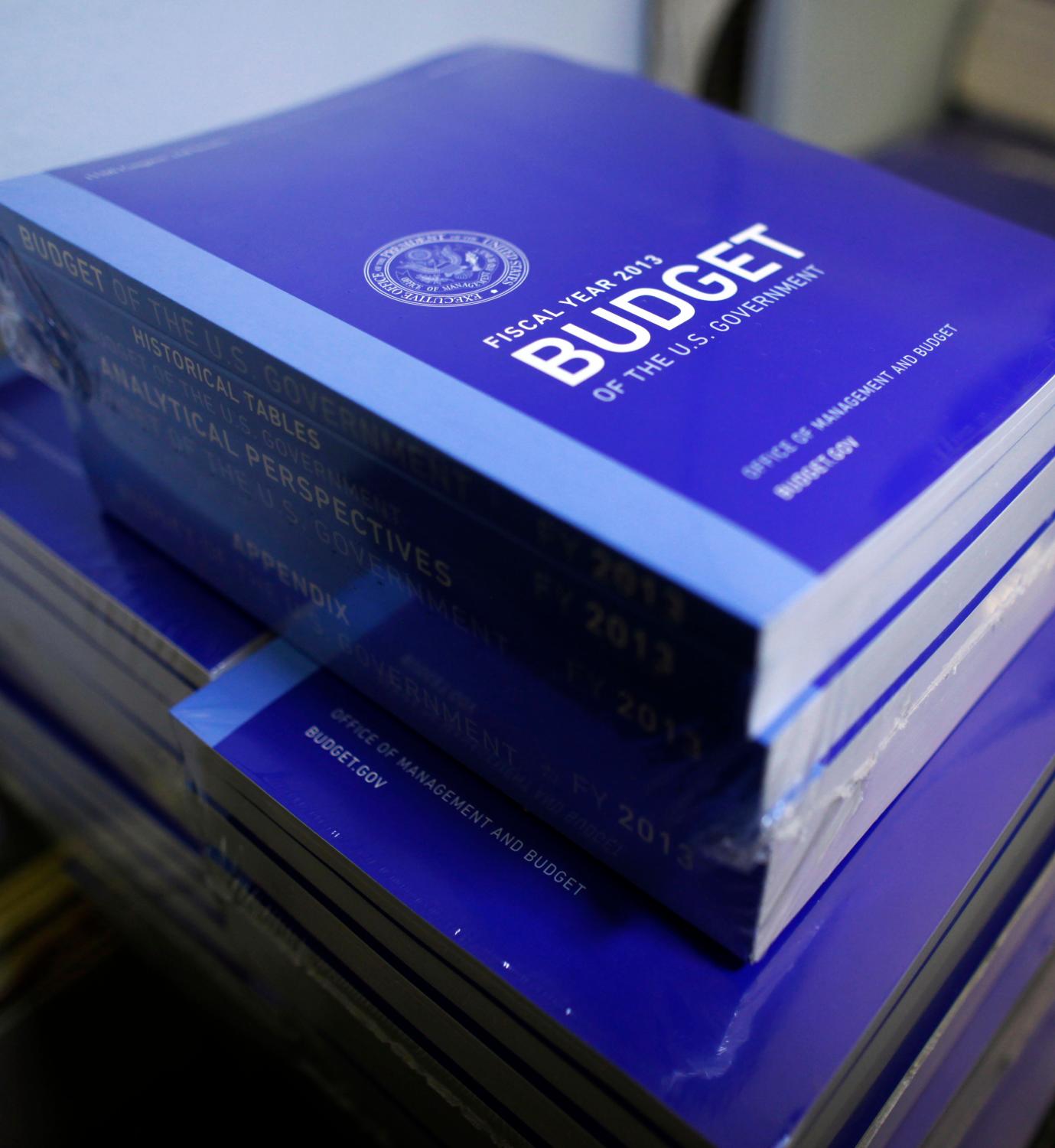The process now used to develop the federal budget is biased toward the incremental, the short term, and the familiar. It also is piecemeal and fragmented, considering issues in narrow programmatic categories and giving most scrutiny to marginal changes in spending, largely ignoring tax policies. The way budgets are developed is too often blind to the major shifts sweeping over the nation’s economy and social structure. The result is little change and inadequate focus on national priorities or how to achieve them more efficiently.
An alternative, goal-focused “portfolio budgeting” approach would group together and thus look broadly across sets of closely related programs, tax provisions, and regulatory policies affecting common policy goals. Building on growing executive branch experience with strategic analysis and reviews, this approach would use policy makers’ time more efficiently by helping them focus on the biggest opportunities to adjust policies and resources to accelerate the achievement of major national goals and identifying breakthrough gains in productive use of resources.
For a selected policy objective, budgeting would begin by identifying the set of federal policies, spending programs, regulations, tax preferences, and other activities that constitutes the relevant policy portfolio for analysis and budgeting. The relevant portfolio would cut across agency boundaries and congressional committee jurisdictions. As illustrated here for higher education policies, analysis would assess how effectively resources are being used to achieve a given policy goal and whether alternative policies could yield a better result at lower cost. The unit of analysis for budgeting would shift from programs to strategies, using a longer time horizon to estimate benefits and costs and new methods to analyze the behavior of complex systems.
The Brookings Institution is committed to quality, independence, and impact.
We are supported by a diverse array of funders. In line with our values and policies, each Brookings publication represents the sole views of its author(s).




